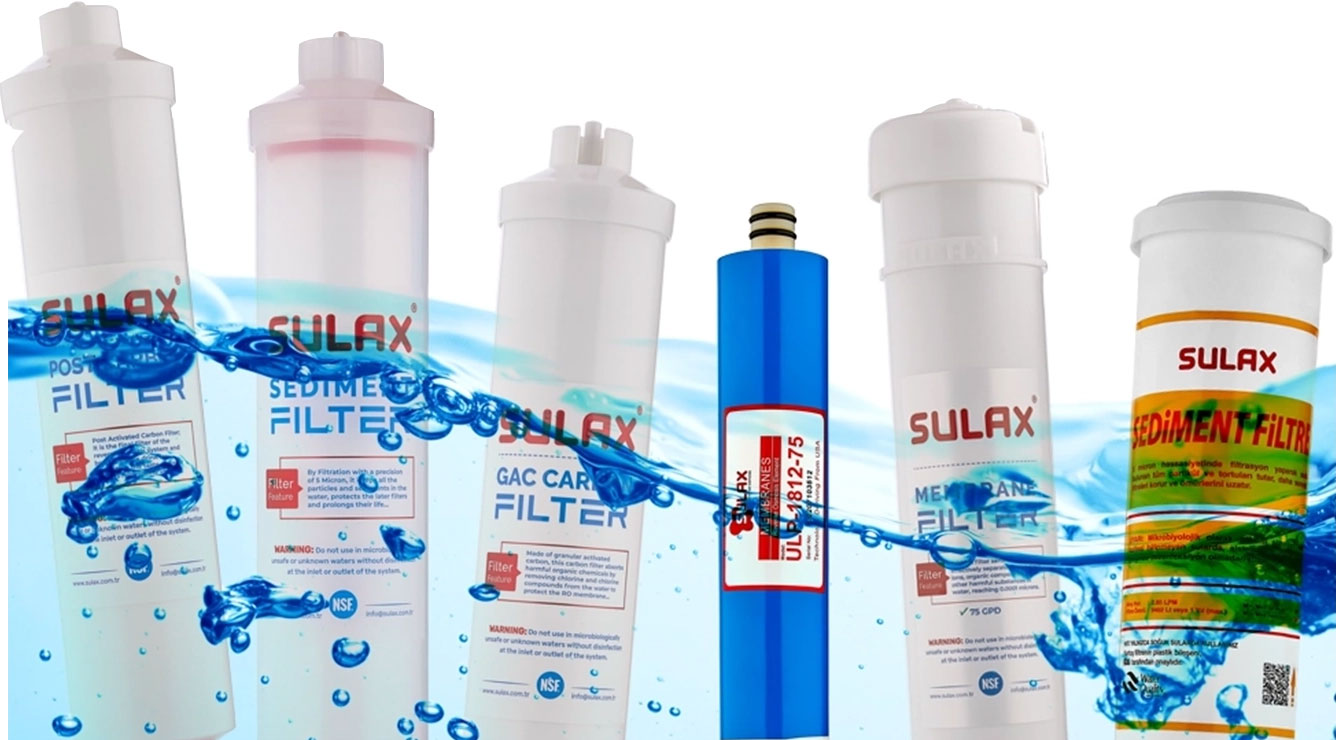
Among the most important factors to consider when buying a water dispenser are, first of all, the purpose of use and whether the tank capacity suits your daily water needs. Different usage scenarios such as offices, homes, or commercial spaces require dispensers with different capacities and features. In addition, the filtration technology, the quality of materials used, energy efficiency, and whether the device provides hygienic operation are all critical factors to take into account.
There are many types of water dispensers available on the market for different needs. These generally include classic bottle-top models, filtered systems known as water purifier dispensers, and compact countertop dispensers. Some models only provide hot and cold water, while others use filtration to purify tap water directly into drinkable water. When choosing the dispenser type, consider the environment, the number of users, and daily consumption requirements.
Top-loading bottle water dispensers are among the most widely used classic models. In this system, a water bottle is placed on top of the dispenser, and gravity enables the water to flow. They do not provide additional filtration. They are usually preferred because they are affordable. However, lifting the bottle onto the unit can be inconvenient. They are an economical option for small offices and households with low water consumption.
For those who care about aesthetics, bottom-loading water dispensers are an ideal choice. In these models, the bottle is hidden in the bottom compartment, and a pump system draws the water upwards. They stand out in modern kitchens with their sleek look and also allow you to replace the bottle without bending over. If you value design and ergonomics, this is a model to consider when buying a dispenser.
Countertop water dispensers are practical models that save space in small kitchens. They usually provide hot and cold water and also have filtered versions. Their compact design takes up little room. They are commonly preferred in small offices or by individuals living alone. They also offer an affordable solution. However, they may be insufficient for large families.
Water purifier dispensers provide a more hygienic and cost-effective solution compared to traditional bottled systems. These models include various filters that turn tap water into drinkable water. They typically feature reverse osmosis, activated carbon, and sediment filters. They are the most practical option for those who don’t want to deal with carrying bottles. Additionally, they significantly reduce water costs over time. They are recommended for users who value health and high water quality.
The capacity of the dispenser is especially critical in busy environments. The size of the hot and cold water tanks ensures uninterrupted access to water. Businesses with high daily consumption should choose models with large tanks. If you are buying a water purifier dispenser, also consider its filtration capacity. Small-capacity dispensers may fall short of meeting your needs.
As with any electrical appliance, you should consider energy consumption when choosing a water dispenser. Models that provide both hot and cold water operate continuously and can consume a significant amount of energy annually. Energy-efficient dispensers with a high energy class will help reduce electricity bills over time. Especially in water purifier dispenser models that use electricity during filtration, energy efficiency becomes even more important.
Modern water dispenser models come equipped with many features that improve user convenience. Child safety locks, temperature control, filter replacement indicators, and LED displays all enhance safety and ease of use. In water purifier dispensers, the ability to monitor filter status is a major advantage. These features directly affect both the quality and the lifespan of the dispenser.
The size of the dispenser should be carefully selected according to the space where it will be placed. Countertop water dispensers are popular in kitchens thanks to their small footprint, while tall, large-capacity models are more suitable for offices and commercial areas. It is also important to ensure there is a power outlet and proper ventilation where the unit will be installed. Dispensers that are too large can be impractical in tight spaces.

Fill out the form and be the first to enjoy the benefits!